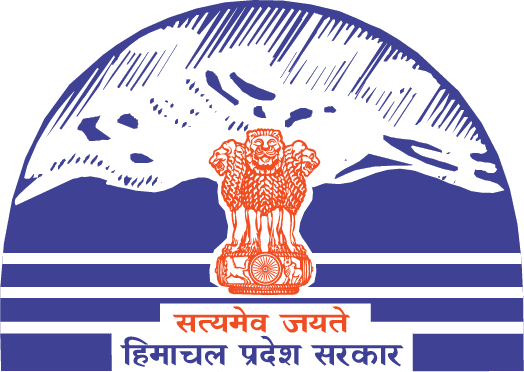| DEVELOPMENT OF MUSHROOM | |||||||||
|---|---|---|---|---|---|---|---|---|---|
| Mushrooms are popular for their mushroom delicacy , flavor as well as food value. The agro climate conditions prevailing in many part of the state provide ample scope for the cultivation of mushroom as well as for export purpose. Mainly two types of Mushroom viz. White button mushroom (Agaricus bisporous) and Dhingri (Pleuritus spp.) are being cultivated in the state. The modern technology in commercial cultivation of mushroom was introduced under two externally aided projects implemented in the state viz.FAO/UNDP Mushroom Development Project Chambaghat, Solan during 8th Five Year Plan and Indo 9th Dutch Mushroom Development Project at Palampur Distt. Kangra during Five Year Plan . Two bulk pasteurization units for compost have been established under these projects with total production capacity of 1350 MT of pasteurized compost (Chambaghat 350MT and Palampur 1000M T). The pasteurized compost from these units is being made available to the registered mushroom growers of Shimla, Solan, Srmour, Kinnaur, Kangra, Chamba, Hamirpur,Una,and Bilaspur Districts. The scheduled cast, scheduled tribe IRDP, small and marginal farmers and unemployed graduates are being given preference under these projects. To cover the remaining potential areas of the state under Mushroom Development Programme, two more bulk compost pasteurization units have been established at Dharbaggi (Baijnath) in Distt. Kangra and Bajaura in Distt . Kullu with the assistance of the central Govt . These two units cover District of kullu, Mandi, parts of Kangra, Bilaspur & Hamirpur. With the installation of these units the production capacity of pasteurized compost under public sector has been increased to 3000 MT per annum. Every year 200 new mushroom growers are registered under these projects for supply of pasteurized compost. One such unit is proposed to be established under Horticulture Technology Mission at Duttnagar in district shimla that will cater the demand of compost of growers living in Kinnaur district, upper areas of Shimla district, adjoing area of Mandi district and other Seraj area of Kullu district. At present, 33 compost production units and 12 spawn production units have established under private sector in solan, Shimla, sirmour, Bilaspur, Himarpur, Kullu and Kangra districts. The major 11th emphasis under this scheme during Five Year Plan will be given on optimization of the capacity utilization of these units for the production of pasteurized compost for catering the needs of the registered mushroom growers. A target to achieve a production level of 6000 MT Mushroom per annum is proposed for 11 Five Year Plan. Similarly a target of production /supply of 3500MT pasteurized compost through departmental units is proposed for 11th Give year plan 2007-12. The main objectives of the mushroom development schemes are as under:
|
|||||||||
A) Training on Mushroom Cultivation:
Category wise registration of trained mushroom growers under different group viz. SC/ST , IRDP , Small and Marginal farmers and Unemployed Graduate. C) Supply of Compost: Quality compost (pasteurized) along with pasteurized casing soil is supplied to the registered mushroom growers on the prevailing rates of subsidy. D) Availability of Spawn: Department of Horticulture with its own best efforts tries to make available good quality spawn from the laboratories of UHF Nauni, Directorate of Mushroom Research at Chambaghat district Solan, HPKVV Palampur and other reputed laboratories situated at solan district. E) Loan facilities for Mushroom Cultivation:- Depatment of Horticulture assist the registered trained Mushroom Growers in prepration oproject reports under approved schemes of NABARD/NHB and recommendation of the processed cases to the nationalized banks. F) Extension Services:
H) Subsidy for Mushroom Development: The schemes aims at providing incentives to farmers and unemployed graduate in the form of subsidy on the following items required for mushroom production, so as to encourage large number of farmers and unemployed gradates to take this avocation for their socio-economic upliftment. |
|||||||||
|






